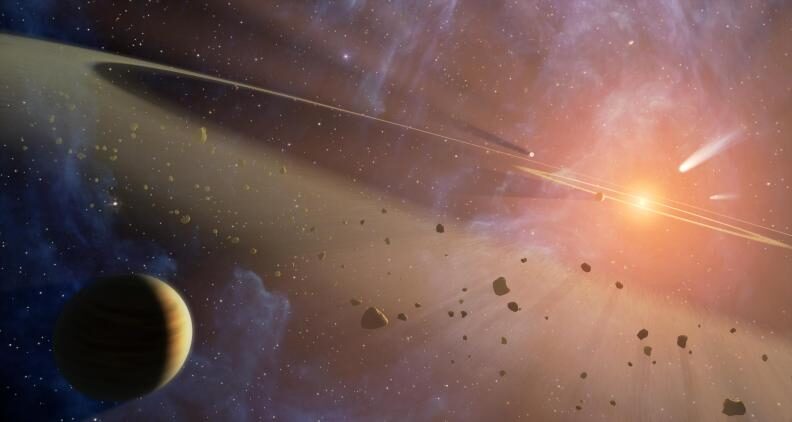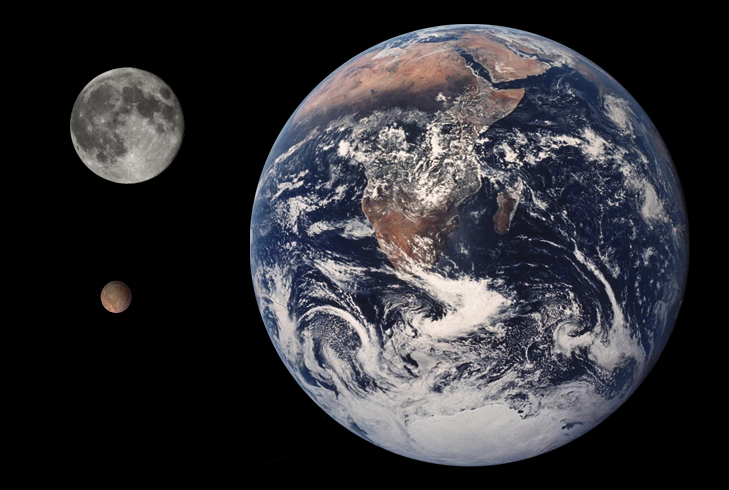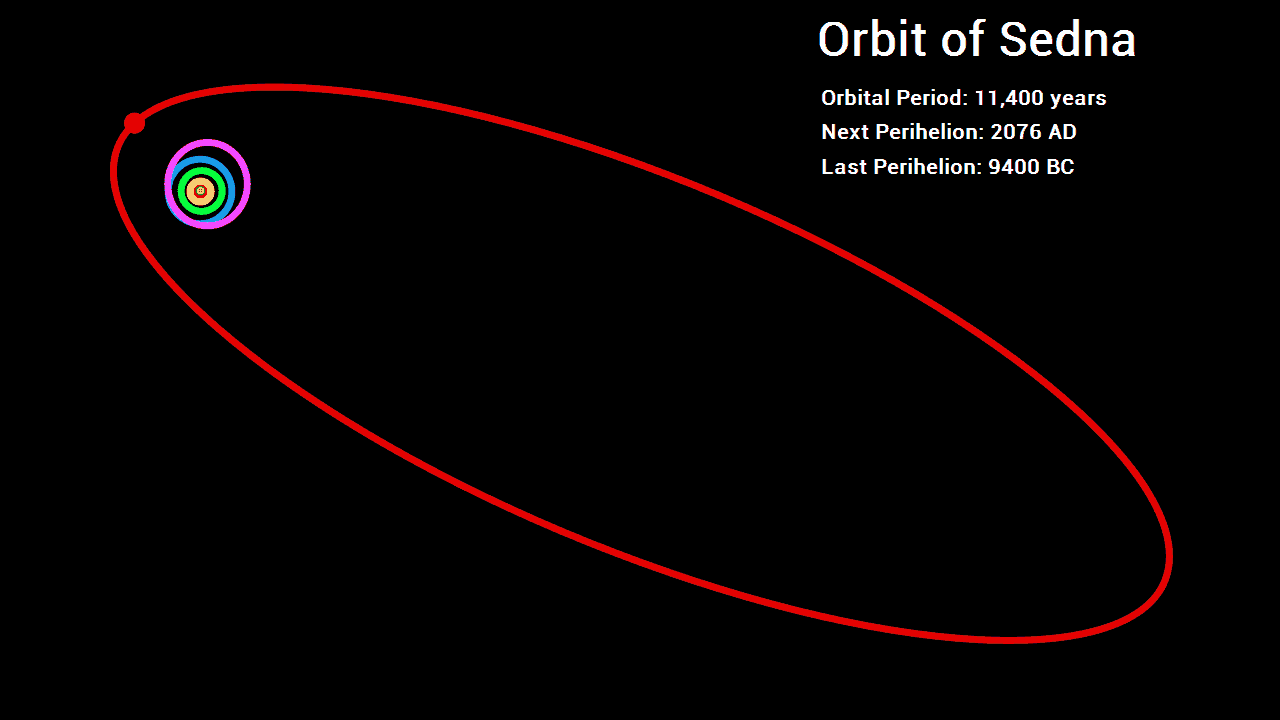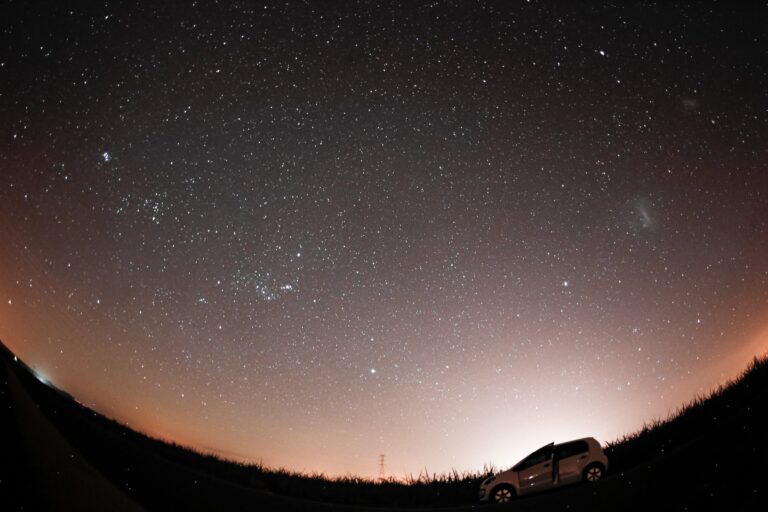Sedna –The Stolen Planet

The solar system
The solar system has a liminal zone; an area that includes the Kuiper Belt and the Oort cloud which stretches over a huge amount of the space between our solar system and the next star. Our first foray into this area was by the New Horizons spacecraft last July and whilst the sheer distances involved means we won’t explore much of the area, the information sent back has forced us into a fundamental rethink about the nature of our existence. Within the Oort cloud and filling the void between us and our stellar neighbors, could be thousands of barren and cold worlds that are pretty tricky to spot.
Astronomer Simon Portegies Zwart thinks that much of our solar system might not be ours afterall.
“I believe that what is being revealed requires a fundamental rethink of the solar system’s origins, and even of what a solar system is. Put simply, our solar system might not be entirely ours at all.”
The origins of the solar system
The creation of our solar system occurred when an outside force, widely believed to be a supernova, made a dust cloud begin to collapse in on itself. The cloud started to spin and the center of this cloud would eventually become the sun. What didn’t go into the sun formed the planets, where rock and other materials fused together and condensed. At the innermost of the system lied Mercury, Venus, Earth, Mars whilst colder temperatures found on the outer reaches created the gas giants: Jupiter, Saturn, Uranus, Neptune. Further still and we reach the area where the temperature was very cold and the particle density fairly low, allowing only smaller, often misshaped, planetesimals to form. This area was called the Edgeworth-Kuiper belt after its discoverers, Kenneth Edgeworth and Gerard Kuiper who first proposed the belt in 1950. We didn’t actually confirm any objects in the belt until 1992, although we have since charted the orbits of over 1000 Kuiper Belt objects.
Beyond the Kuiper Belt lies the Oort cloud, also proposed in 1950, by Jan Oort of Leiden Observatory although it had been proposed in 1932 by an Estonian called Ernst Öpik. We should be reminded at this point that the Oort cloud has never actually been seen and even the furthest manmade object from Earth, Voyager 1, will not reach the cloud for another 300 years. We reckon that the gravitational fluctuations from nearby stars and galaxies can cause disturbances in the Oort cloud and often sends comets and rocks towards the sun. One common theory is that some of these comets and icy rocks in the Oort cloud contain the building blocks of DNA and could have first transported the start of life to Earth. Such comets also more than likely wiped out the dinosaurs.
Sedna –The Stolen Planet
Between the Oort cloud and the Kuiper belt, Mike Brown of the California Institute of Technology discovered the dwarf planet, Sedna, in 2003. Sedna was only found because its surface is highly reflective; had it been dull, it might never have been found at all. It travels extremely slowly and does not stand out amongst the stars, although it does have a very unusual, elongated orbit. It comes as close as 76 Astronomical Units and as far as 900. We can only see Sedna when it is at its closest. Sedna isn’t alone; we have found many others like Sedna and there could potentially be thousands. The problem with Sedna and its buddies is that they all orbit the same plane and logic dictates that if they’d been kicked out of the Kuiper Belt, it would have been at least a bit more randomized. The same logic dictates that they didn’t come from the Oort cloud.

So there are 2 options: The dwarf planets are being kept in line by the gravity of an undiscovered but much talked about planet IX, or they didn’t originate in this system; we stole them.
Astronomers, including Simon Portegies Zwart, have been working on massively complex calculations that are trying to work out what happened at the formation of our solar system. We know that stars aren’t born alone; they’re born in clusters, and working out what happened to these clusters can help us determine why the planetesimals at the edge of our solar system behave the way they do.
“What emerges is a close brush between our solar system and that of a star almost twice as massive as the sun. Its disc of rubble extended to beyond 160 AU, and it approached at 4.3 kilometres per second to within 230 AU of the sun. In cosmic terms, that is scarily close, although luckily not close enough to have upset the orbits of the solar system’s main planets. For smaller bodies, the jolt was felt as far in as about 40 AU, ripping out any planetesimals beyond that point into interstellar space – in other words, producing the Kuiper cliff (Monthly Notices of the Royal Astronomical Society, vol 453, p 3157).”
The calculations show us that other stars had a profound effect on our solar system, especially the outer reaches. It does look as though our young sun took objects from other stars which then ended up in our own region. Sedna is one of the largest of these bodies found so far, although it could be amongst thousands.

How can we prove it?
The European Space Agency launched the Gaia satellite in late 2013 with the aim of mapping the billions of stars in our part of the galaxy. Gaia might be able to identify which stars are the siblings of our own star and will hopefully tell us which were responsible for early interferences. Other missions planned by NASA and JAXA will also shed light on the early formation of the solar system and will hopefully confirm whether Sedna is a native or an imposter. We might also find that other stars stole planets from us, although the size of the star indicates that it should have burned out by now and released any hostages, leaving them to drift aimlessly through the void. The same fate awaits Sedna when the sun burns out and turns into a white dwarf, and she might once again be passed between solar systems.




